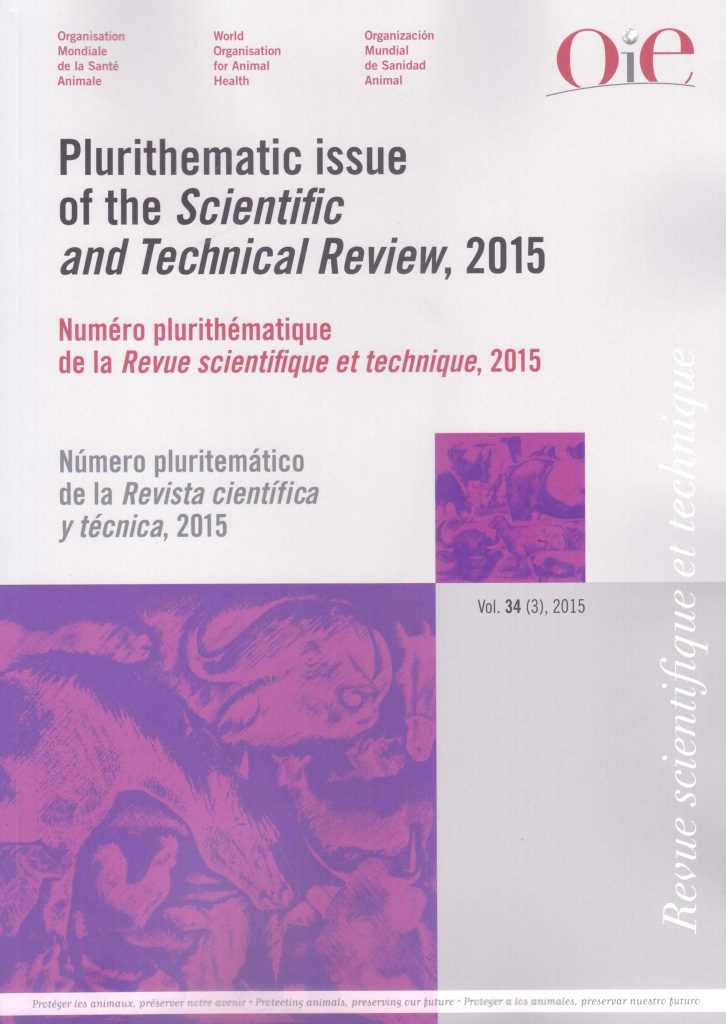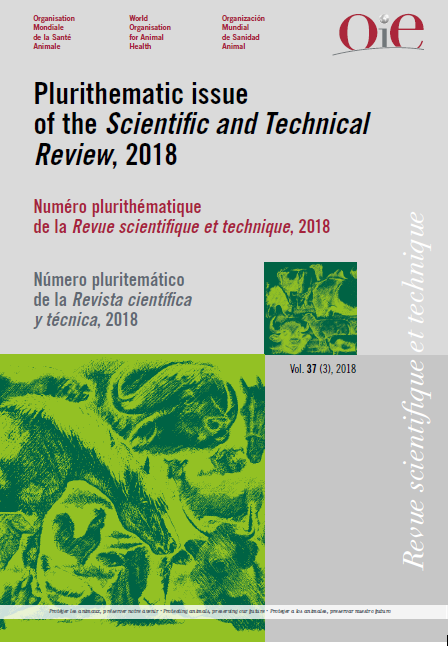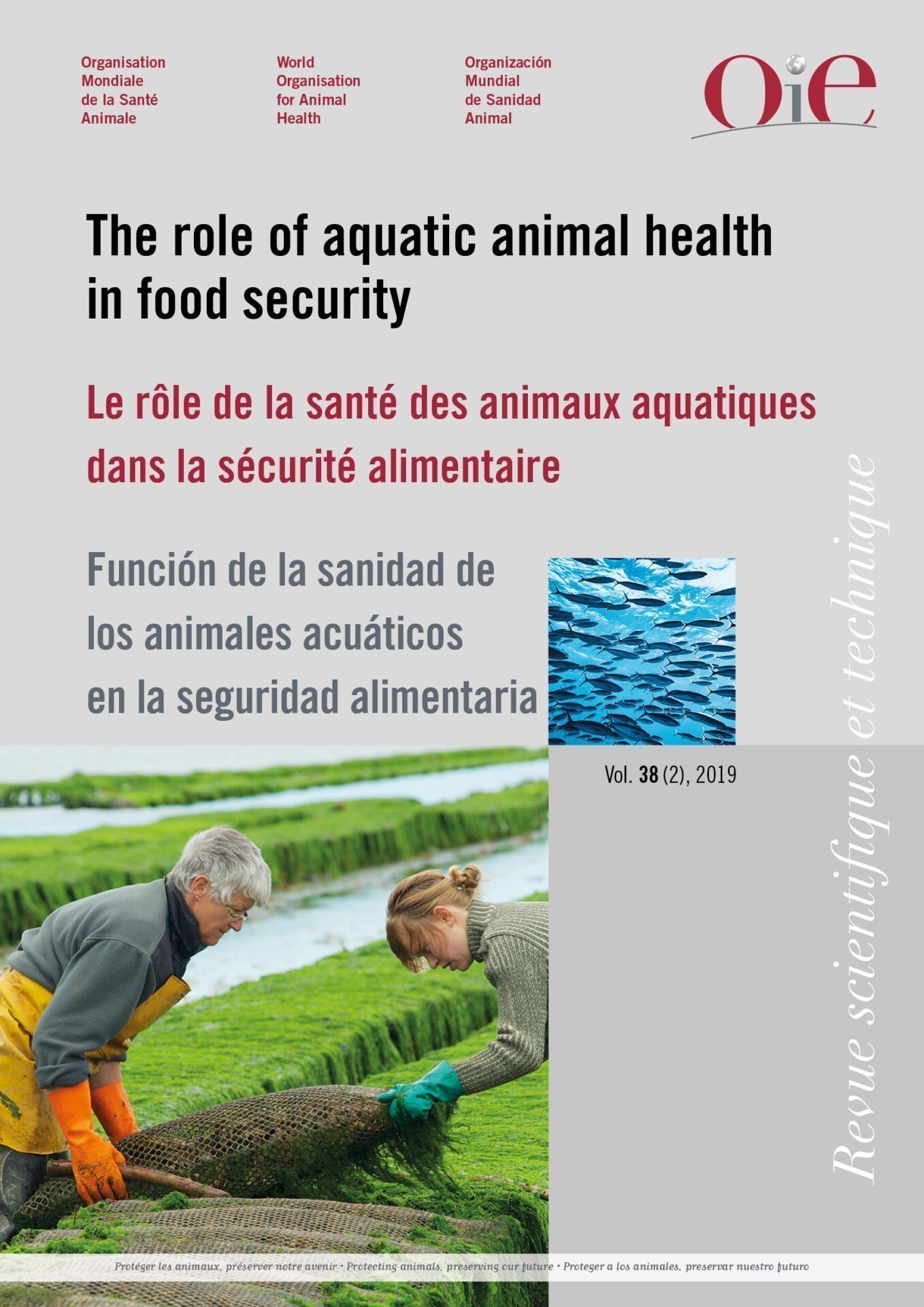Description
Two-thirds of the world’s agricultural land is grassland. Most of the semi-arid and high-altitude ecosystems are not suitable for growing crops, either because these areas have limited rainfall or because the terrain is mountainous, so they are predominantly used for various types of mobile livestock husbandry systems. Such systems are the only way that these grasslands can become a source of human nutrition, as humans cannot digest grass cellulose. Extensive pastoral livestock production is, therefore, the most productive use of these lands. Moreover, in addition to providing food for both humans and animals, pastoral livestock production absorbs carbon and sustains livelihoods that could not be maintained in any other way in these areas.





